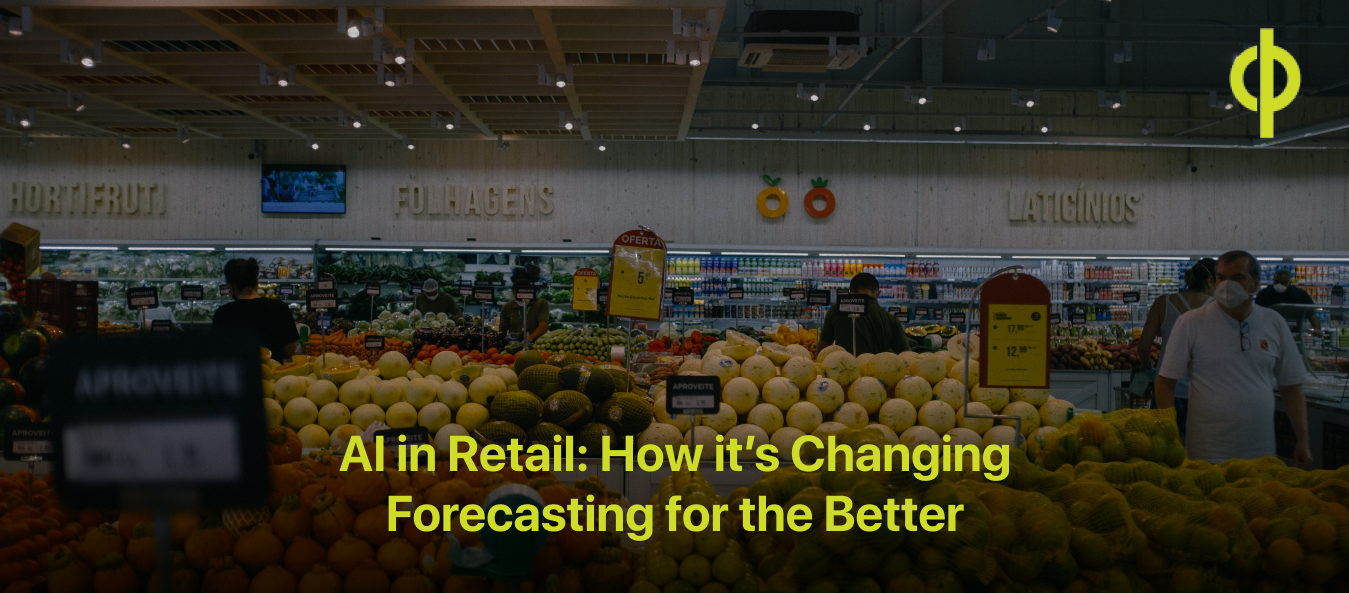
Every retailer is looking for the next big thing in the industry to gain an edge in the current market scenario. With data coming closer to the logistics, consumer goods companies, and retailers – this is where the next storm is brewing.
For decades, the traditional levels of analytics have been used in the data-driven retail industry. But the recent advancement in artificial intelligence and machine learning have brought a new level of data processing that uncovers hidden business insights. It opens new avenues to business operators in case of anomalies, forecasting, and correlations.
The pulse point of data influx is determining consumer behavior and catering to their actual needs. By mining insights from the global market and buyer data, AI business intelligence systems predict industry moves and make proactive modifications to a company’s marketing, merchandising, and corporate strategy. This can also be defined as demand forecasting.
In short, demand forecasting enables the right product to be at the right time in the right location. It ensures meeting customer demands and manage costs efficiently.
With advancements in AI, demand forecasting can optimize stock levels, increase efficiency and elevate customer experiences to an automated level.
Here are 4 areas that AI Vision has transformed in retail demand forecasting-
Data consolidation
AI Vision corroborates and centralizes internal data such as information on sales, product characteristics, metadata, marketing, and promotional activities; external data such as sales data from distributors and market research reports; contextual data such as insights on demographic or geographic data and seasonal market – all in one place.
AI-powered vision intelligence forecasting systems are capable of using data from multiple locations to derive complex and hidden relationships between them which can be substantial predictors of demand for the future.
Demand anticipation
Demand forecasting is about predicting future sales based on historical sales data of a given product. With AI Vision-based systems, you can use the most sophisticated vision intelligence algorithms to predict demand accurately. These solutions and algorithms are self-evolving, deployed once and improved in accuracy continuously.
AI Vision can moreover provide new products with no historical data, a base to compare characteristics to the particulars of the previous products. Thus, saving costs and providing customers with their utmost needs.
Impact prediction
AI Vision-driven demand forecasting can categorize demand into ‘real’ demand and ‘promotional’ effect. It can catch the difference between when a customer is purchasing a product for a genuine reason or due to an influx in promotions. It can achieve this by measuring dwell time on customer engagement with ads and displays and tracking customer behavior consistently.
These analytical insights can be utilized by decision-makers to plan and target marketing to direct the target audience. They can assess the impact of a certain campaign on sales and, as a result, choose the best pricing point.
The intelligent vision monitoring solution is also capable of forging different scenarios, such as gauging how a new clothing line will be received by the existing customer base if it is launched in the next season’s fiscal year collection. Essentially, this can aid the retailers in planning new product launches.
Manage demand irregularities
AI Vision solutions equip business operations to precisely analyze and improve results on overstocking and understocking to increase profitability and avoid wastage. The accuracy in AI Vision complements the business intelligence to give you precision in operational management.
It also helps monitor current activities as well. Vision intelligence detects anomalies such as safety hazards and administrations such as storage capacity, etc. for immediate action by integrating an understanding of object identification and analysis. It enables visualizing the bigger picture of business in real-time and strategizing accordingly.
To conclude, Retailers must rethink their old supply chain in favor of adaptable and flexible ecosystems that can swiftly adjust to consumers’ evolving behaviors to meet a larger range of customer needs that are going from mainstream to niche. They must filter through the noise to translate diverse data sources into consumer-first strategies when confronted with an influx of information from all elements of their organization- from supply chains to stores to consumers.